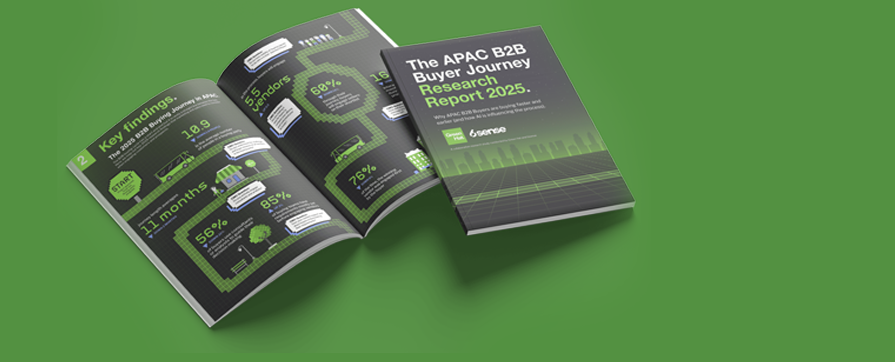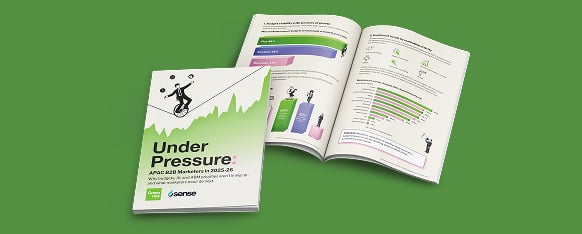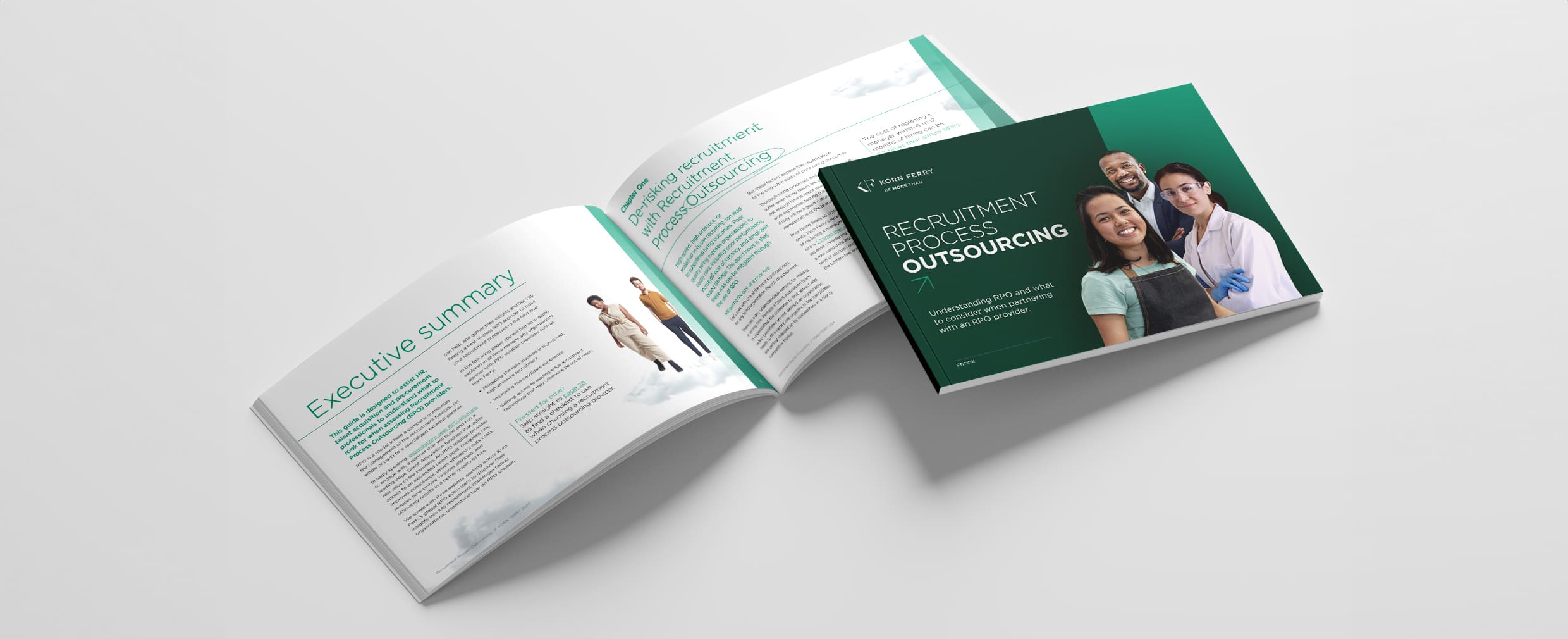To design a lead engine that will generate, nurture and progress prospective customers for your business, you need to start at the end.
If you don’t know what you’re aiming for, you can’t engineer your way to success. Countless well-intentioned programs have gone astray by not considering what constitutes success for their primary stakeholders.
The definition of a solid lead will differ across organisations and sectors, even individuals. So it’s imperative to align your understanding.
Ask Sales to define a good & bad lead
If this criterion isn’t clearly articulated and aligned, you’ve finished before you start.
Put yourself in the buyer’s shoes and ask under what circumstances that buyer would reasonably disclose the information sales is wanting to know.
If no reasonable circumstances exist for the buyer to share that information, you should negotiate for the criteria to be removed from the lead requirement.
Establish an authentic value exchange
Once you’ve defined your lead requirements, you need to create the circumstances for a timely disclosure of information.
Humans share more information with those we trust than we those we like; less still with casual acquaintances; little or none with strangers. That is – except when there is a binding element of value.
You need to provide something of authentic value to your prospective customer to warrant sharing the information you need (minus sales or branding spin).
Build out a more detailed exchange with those who like you, leading to a more in-depth conversation with those who trust you. All of which will take some time, like the B2B buying process usually does (generally six to 12 months).
Automate with intelligence
To fire up the engine, you need a marketing automation platform that can deliver one-to-one communications to a large audience and track leads from their first interaction to a closed opportunity.
These tools are the decisive weapons of the digital marketer, particularly when integrated with your CRM.
Feed the engine content & contacts
Once your lead engine is in operation, it needs to be fed quality content and new database contacts on an ongoing basis.
Your content should be relevant to the individual’s interest and lead stage, while new contacts can be sourced from other inbound and outbound marketing activity.
Read more: Why B2B needs to tug at the heartstrings?
Set your engines running
Now we’re well into the digital age, the balance of power has firmly shifted in favour of the empowered buyer. Marketers need to respond by transforming their engagement and communications processes to suit the savvy buyer who has done their homework.
Defined lead lifecycle processes and a systematic engine built using marketing automation is a foundation for survival and success.
Talk to us about customised lead generation for B2B.
 Strategy
Strategy





